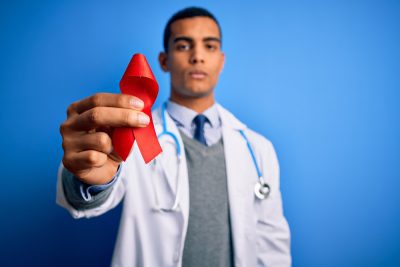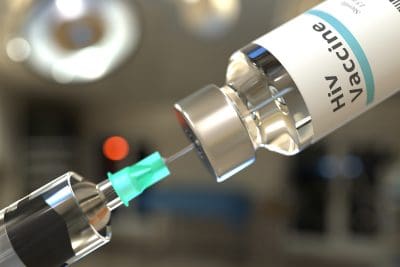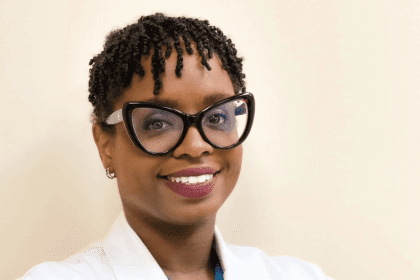 C. Virginia Fields is the president and CEO of the National Black Leadership Commission on AIDS Inc. (NBLCA), based in New York City. A well-respected, longtime community and political advocate, Fields leads NBLCA in its diligent work in HIV/AIDS public policy reform and its fight for communities most impacted by this epidemic.
C. Virginia Fields is the president and CEO of the National Black Leadership Commission on AIDS Inc. (NBLCA), based in New York City. A well-respected, longtime community and political advocate, Fields leads NBLCA in its diligent work in HIV/AIDS public policy reform and its fight for communities most impacted by this epidemic.
The “30 for 30” national campaign — tell us about that.
Three months ago, grantees from different health organizations met in New York City. The discussion revealed that most at the table were concerned about how women had been mostly forgotten in the fight against the HIV epidemic. The investigations into the contracted rates fluctuate, but the average remains high — around 30 percent. We are in our 30th year of fighting this disease. Hence, “30 for 30.” There needed to be a campaign to bring women policy makers into the national discussion, particularly surrounding why surveillance data resources were not being utilize or compiled. This is an epidemic that demands that women be a stand-alone research group. Black women are the largest group, but there is no dedicated metric that is being addressed in the U.S. National HIV/AIDS Strategy (NHAS).
The “30 Years Strong! Together We Win!” site — what was the impetus for that?
Earlier this year, NBLCA launched a national social media campaign that essentially puts a ‘face’ on the epidemic by getting people to share their stories and photos on how HIV/AIDS has impacted their lives and the lives of their loved ones. This is more than a cathartic endeavor. Those affected by the epidemic needed a platform and the public needed a reminder that if one of us is at risk, we are all at risk.
Florida has one of the longest waiting list for HIV drug assistance. What other state has an unacceptable track record?
Georgia, particularly the Atlanta area. Our regional partner, Dr. Raphael Warnock of Ebenezer Baptist Church is diligently working to remedy this matter.
States are using the budget cutbacks to make it harder for African Americans to get the drug cocktail needed to survive this disease. Blacks represents 12 percent of the population, but 48 percent of new AIDS cases and 45 percent of new HIV infections. Lower the opportunity for drug treatment and, well — you see where this leads. On May 22, the Washington Post stated that more than 8,300 people are on the waiting list in 13 states to get antiretroviral and other drugs used to treat HIV and AIDS. This is appalling.
The legislation, HR 1462/S.795, the National Black Clergy for the Elimination of HIV/AIDS Act of 2011, that was introduced by Sen. Kirsten E. Gillanbrand, D-N.Y.; and Rep. Charles Rangel, D-N.Y., earlier this year, where is it now?
We are hopeful that more legislators will sign off on this. Unfortunately, the debt ceiling fight overshadowed our work in this area.










